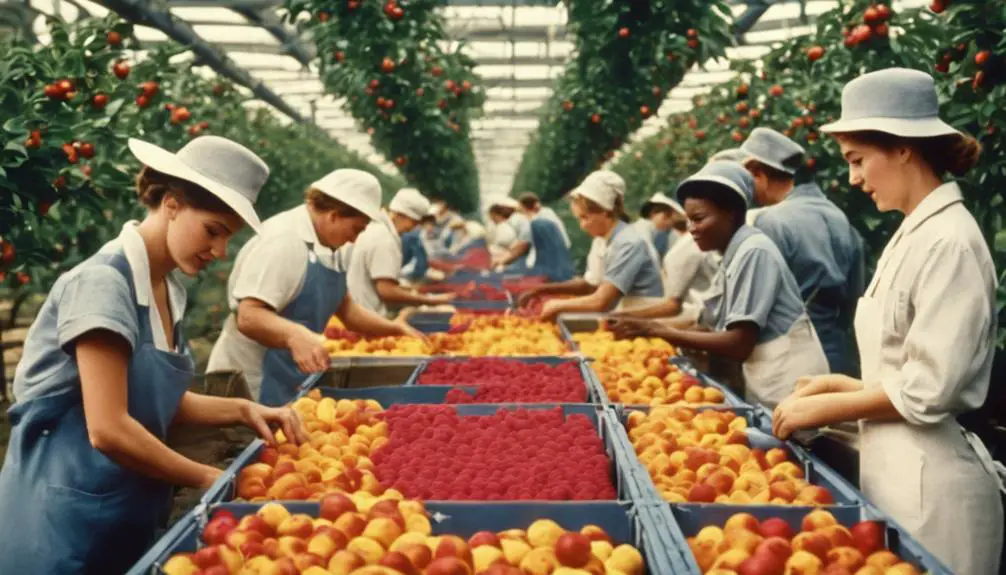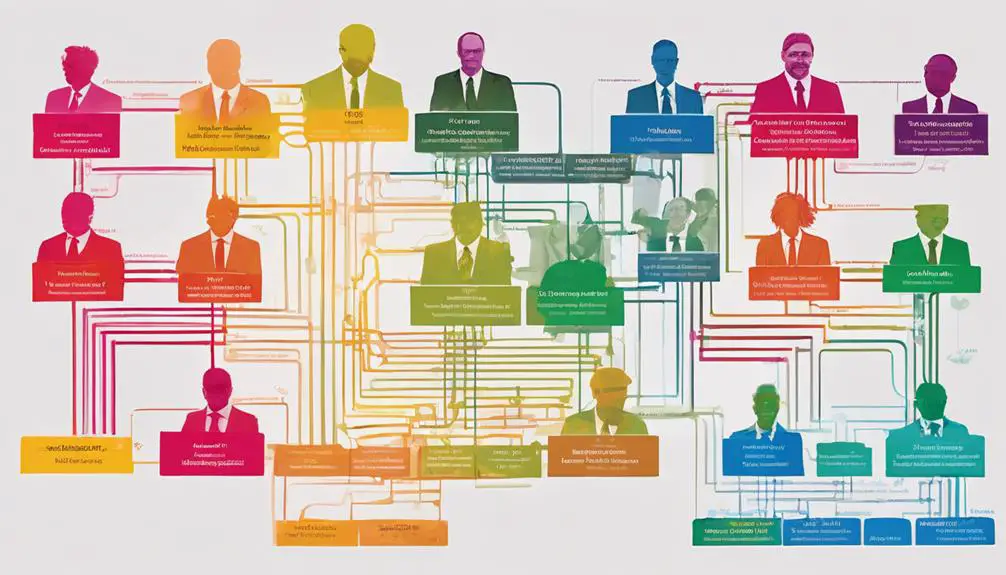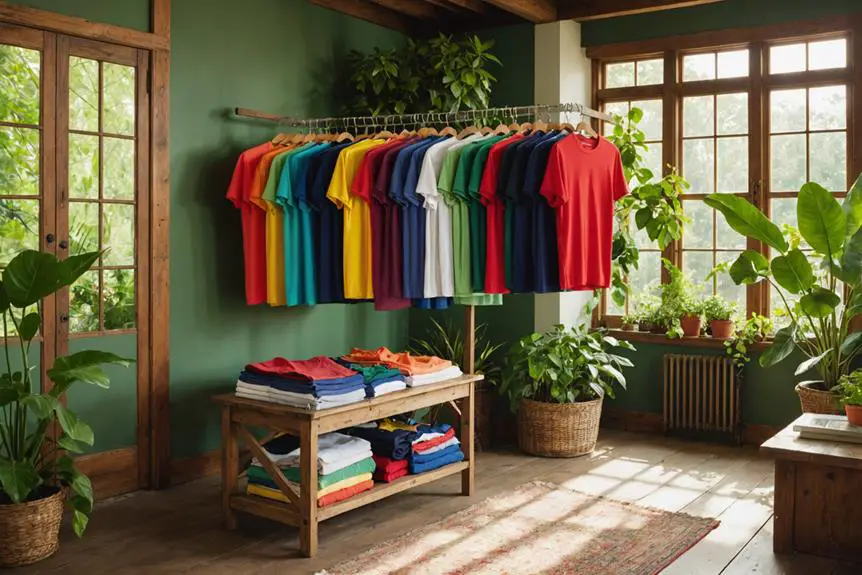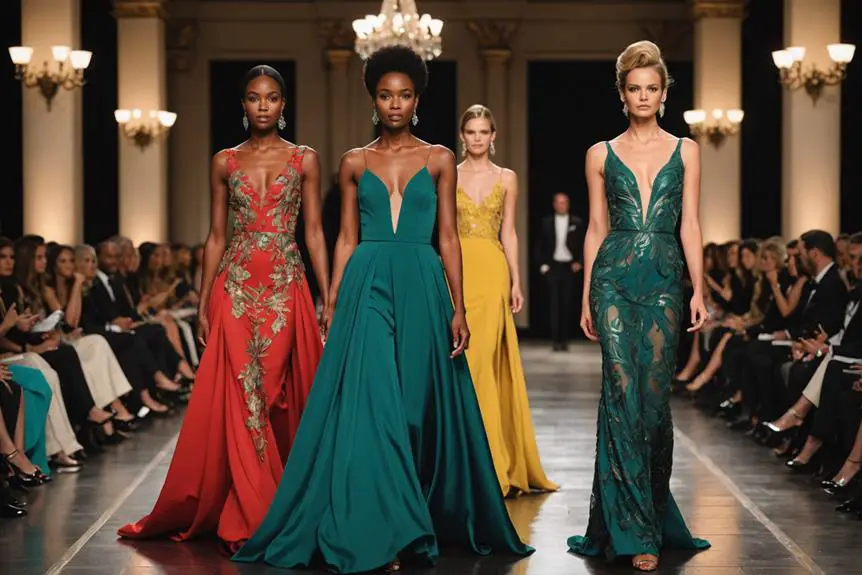So, you wanna know who owns Fruit of the Loom? Well, it's under the wings of Berkshire Hathaway, the investment powerhouse led by none other than Warren Buffett! They swooped in back in 2002, acquiring the brand for around $835 million. Since then, Fruit of the Loom has thrived, focusing on making awesome cotton apparel, from comfy T-shirts to snazzy underwear! With Greg Abel overseeing operations and Rick Medlin as CEO, they're on a roll. Curious about how they bounced back from tough times and what makes their products stand out? Stick around, there's even more exciting stuff to discover!
Company Background

Fruit of the Loom has a rich history dating back to 1851 when brothers Robert and Benjamin Knight founded the company in Rhode Island. Can you believe they started with just a dream to create high-quality cotton products? Fast forward to 1856, and they introduced the brand name "Fruit of the Loom," which became famous for its colorful logo and comfy apparel. By 1871, they secured trademark number 418, solidifying their identity in the clothing world.
In 2002, things took an exciting turn when Berkshire Hathaway, led by the legendary Warren Buffett, acquired the company for around $835 million. That's a serious investment! You'd be amazed to know that Fruit of the Loom operates from Bowling Green, Kentucky, employing over 32,400 people globally. They even maintain a vertically integrated manufacturing model, which means they control every step of production.
But wait, there's more! The company expanded its portfolio by acquiring Russell Brands in 2006 and Vanity Fair Intimates in 2007. So, whether you're sporting their tee or lounging in their sweats, you're part of a brand with an incredible legacy!
Ownership Details
Ownership of Fruit of the Loom is firmly in the hands of Berkshire Hathaway, which purchased the company in 2002 for about $835 million. You might be wondering what makes this acquisition so special. Well, it was led by the legendary Warren Buffett, the chairman of Berkshire Hathaway. With Greg Abel as vice chairman overseeing operations, it's a pretty solid team!
As a wholly owned subsidiary, Fruit of the Loom has the backing of Berkshire's massive resources. This means they can really focus on what they do best—making quality apparel. Since its acquisition, Fruit has expanded its portfolio by snapping up Russell Brands, LLC in 2006 and Vanity Fair Intimates in 2007. Talk about growing the family!
And let's not forget the leadership. Rick Medlin's been the CEO since 2010, steering the ship with John Holland as chairman. Together, they've embraced a vertically integrated manufacturing model, which helps keep things running smoothly. So, the next time you see that iconic Fruit logo, remember, it's all part of the Berkshire family, and it's thriving! Isn't that cool?
Management Structure

The management structure of Fruit of the Loom plays an essential role in its success as a subsidiary of Berkshire Hathaway. Under the leadership of CEO Rick Medlin, who took the reins in 2010, the company has thrived. You might be curious about who else is steering the ship, right? Well, John Holland serves as chairman, bringing valuable experience to the table.
Here's a quick look at the management structure:
- CEO Rick Medlin – He's the guy making big decisions and keeping things running smoothly.
- Chairman John Holland – He guides the board and guarantees they focus on innovation.
- Board of Directors – This group includes industry leaders and financial experts, all committed to sustainable practices.
Berkshire Hathaway's big names, like Warren Buffett and Greg Abel, also keep an eye on things. With over 32,400 employees globally, many are part of Fruit of the Loom's vertically integrated manufacturing model, making it all work. It's a well-oiled machine, right? This solid management team is key to driving the company forward, and you can bet they're excited about the future!
Product Offerings
When it comes to product offerings, Fruit of the Loom excels in delivering high-quality cotton apparel that caters to various needs. You'll find everything from comfy underwear to stylish T-shirts, fleeces, and casualwear, all designed with your comfort in mind. Isn't that what we all want?
But wait, there's more! They've also jumped on the eco-friendly bandwagon, offering products made from sustainable materials. So, you can feel good about your choices while looking great. Plus, if you're into fitness, you'll love their athletic gear line, Russell Athletic. It's specially designed for sports enthusiasts like you, focusing on performance and style.
What's even cooler is that Fruit of the Loom operates with a vertically integrated manufacturing model. This means they oversee everything from start to finish, ensuring that every piece of clothing meets high-quality standards. You can trust that what you're wearing is made with care. So, the next time you're shopping for staples or activewear, remember that Fruit of the Loom has you covered with a variety of options that combine quality, comfort, and sustainability. How awesome is that?
Financial Performance

Beyond its impressive product offerings, Fruit of the Loom has experienced notable financial fluctuations throughout its history. This global company has had its ups and downs, but it's managed to bounce back. Here are some key points about their financial performance:
- In the 1990s, Fruit of the Loom faced serious financial challenges, even filing for Chapter 11 bankruptcy in 1999 after reporting a jaw-dropping loss of $576.2 million.
- After being acquired by Berkshire Hathaway in 2002 for around $835 million, the brand became a wholly owned subsidiary, gaining the financial strength needed to thrive.
- Over a 15-year span, their sales revenue skyrocketed from $500 million to a whopping $2.5 billion!
With over 32,400 employees globally and many more jobs created through sourcing and licensing, Fruit of the Loom is a powerhouse in the apparel industry. Competing with giants like Hanes and Gildan keeps them on their toes, but you can bet they're ready for the challenge! Who wouldn't want to see how this iconic brand continues to grow?
Frequently Asked Questions
Who Bought Fruit of the Loom?
You'll find that understanding who bought Fruit of the Loom involves examining its rich history, market trends, brand evolution, consumer perception, and the competitive landscape, all of which shape its current identity and success.
Why Did Buffett Buy Fruit of the Loom?
Buffett bought Fruit of the Loom to align with his investment strategy, recognizing strong brand valuation analysis and favorable fruit market trends. He aimed for long-term ownership benefits, leveraging apparel industry dynamics to enhance profitability.
Who Is the CEO of Fruit of the Loom?
You'll find Rick Medlin as the CEO of Fruit of the Loom, balancing leadership style with innovative business strategies. His responsibilities include fostering company culture and addressing executive challenges while driving sustainable growth in the industry.
Who Is the Owner of the Loom Brand?
When you explore the brand history, you'll see its market strategy thrives on product innovation. Its strong financial performance enhances consumer perception, ensuring the brand remains a key player in the competitive apparel industry.
Conclusion
So, there you have it! Fruit of the Loom isn't just a brand; it's part of the big HanesBrands family, making comfy clothes for everyone. Isn't it cool to know who's behind those cozy t-shirts and boxers? With a solid management team and a range of products, they're doing great in the market. Next time you slip on a Fruit of the Loom item, remember the legacy and passion that's woven right into it!




